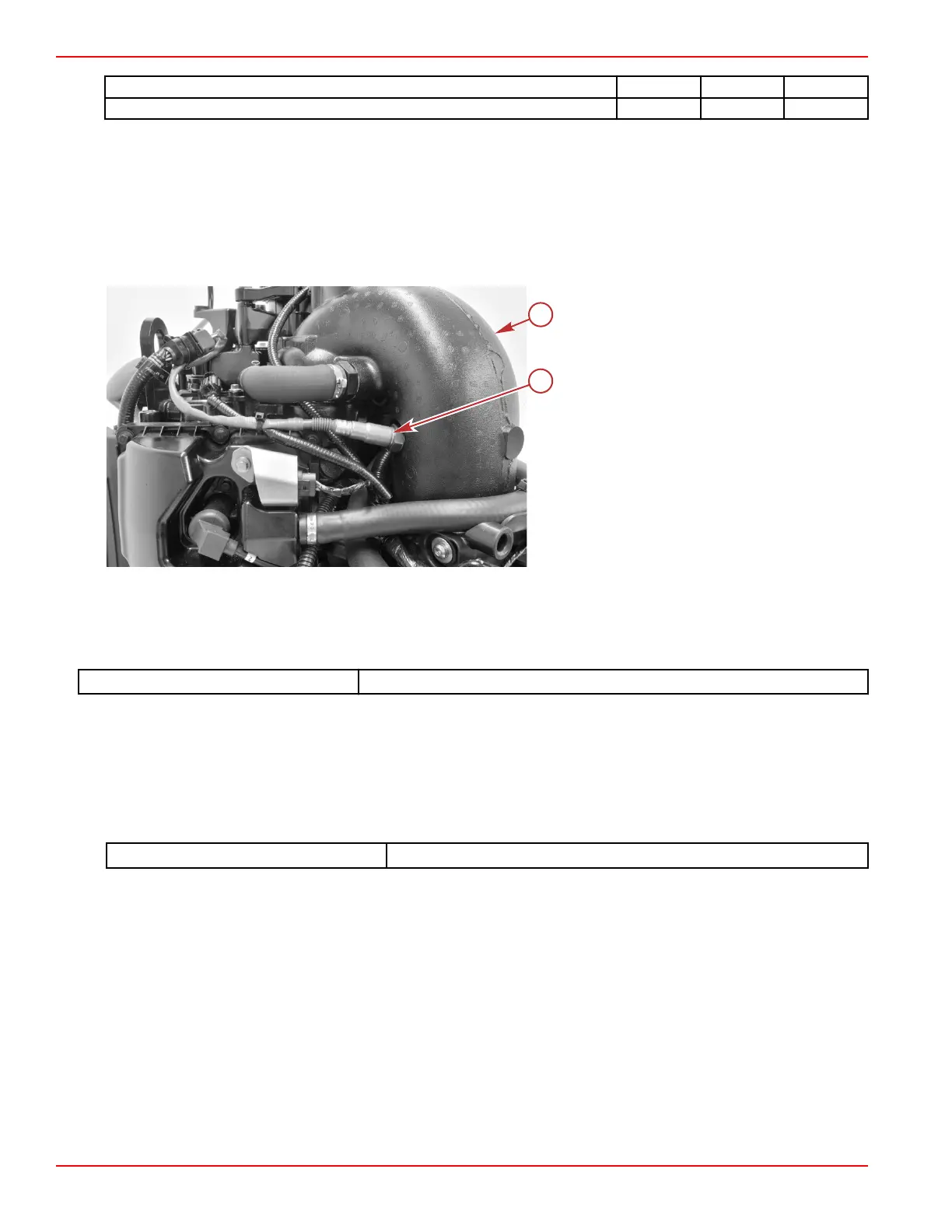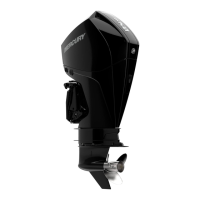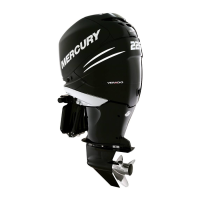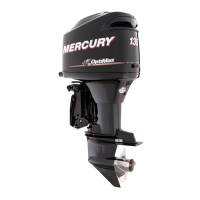Description Nm lb‑in. lb‑ft
Oil temperature sensor 15 132.8 –
4. Connect the sensor harness to the engine harness.
5. Secure the sensor harness to the engine harness with a cable tie.
Oxygen (O2) Sensor
The PCM uses a single oxygen sensor to measure the amount of hydrocarbons and nitrous oxides in the exhaust. If there are
excess hydrocarbons (unburned fuel), the air/fuel ratio is too rich. If there are too many nitrous oxides, the mixture is too lean.
The PCM can use these measurements to add or subtract fuel by changing the time the fuel injectors are open.
The oxygen (O2) sensor is located at the top of the engine, in the port side of the exhaust manifold.
a - Exhaust manifold
b - Oxygen (O2) sensor
O2 Sensor Test
Monitor the operation of the O2 sensor heater on the CDS G3 Live Data screen. The heater should cycle on and off as seen as
a number between 0 and 100 for the data item UEGO1_HeaterDutyCycle. As the engine warms, the value of data item
UEGO1_Ri_Temp should rise to a steady state of approximately 768–791 °C (1416–1456 °F).
CDS G3 Interface Kit
8M0138392
If the O2 sensor does not appear to be working correctly, shake or move the sensor harness and connector. If the sensor
appears to begin working correctly, look for a broken, loose, or corroded wire. If there is no change, replace the sensor with a
known good sensor and retest.
Continue testing with the engine OFF:
1. Disconnect the sensor from the engine harness.
2. Perform a continuity check of the relevant circuitry in the engine harness. Note that the sensor receives fused 12‑volt
power via the main power relay.
DMT 2004 Digital Multimeter
91‑892647A01
Sensors
Page 5A-34 © 2018 Mercury Marine 90-8M0146617 eng JULY 2018

